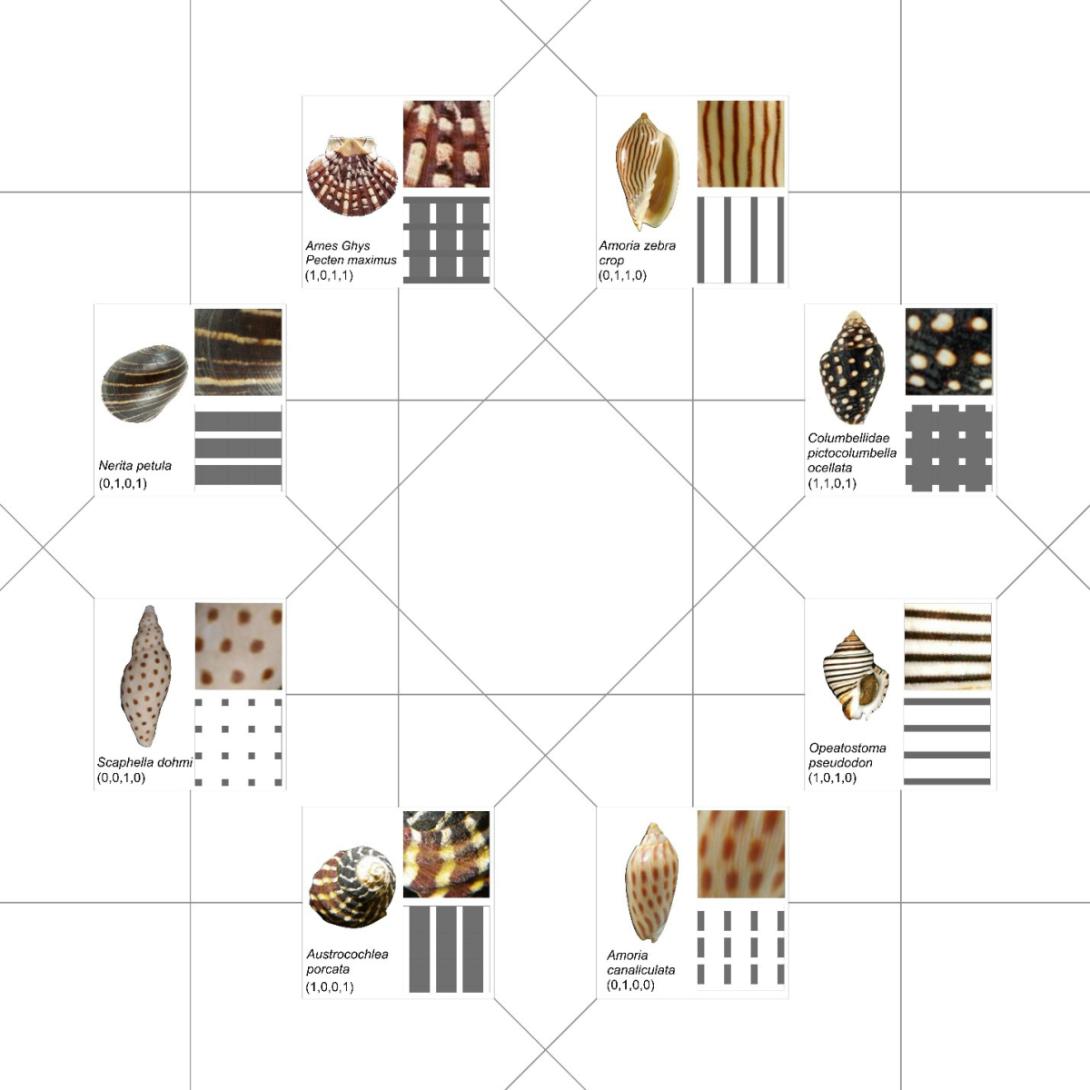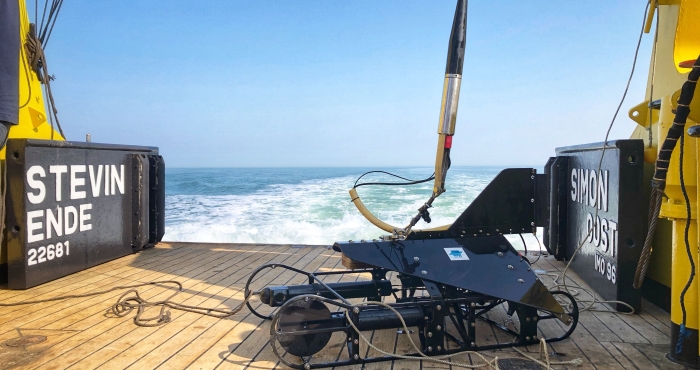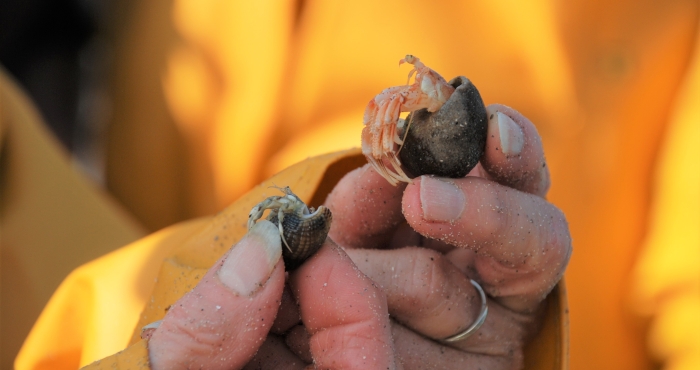To understand fundamental design principles that inform nature’s creations and ours, so that we can achieve a greater harmony between what we build and what nature does. The principles also enable us to go beyond nature, to invent new designs and technologies to shape our future.
Inspired by the two grand unifications in biology, the evolutionary tree and the genetic code, this work aspires towards a unified morphological universe (morphoverse), an open-ended expansive universe of formal possibilities. This imaginary universe captures the mathematical possibilities of form, all forms, past, present, and future. This is another arm of the book. Human made forms, and those made by nature, are selected points in this universe. Lines connecting these points are morphogenetic pathways of how one form is related to the other. The diagrams also represent the “ecology of form”, where one form changes to another within the system, in the same spirit of ecology in the natural world.
The driving motivation of the morphoverse is similar to the one that drives repositories of nature, like WoRMS and other digital data bases, physical collections in museums of “natural history” and private and public holdings, gene banks and seed banks, and others. The preservatory role of these collections of nature symbolize the important harmonizing process between us and nature. Such collections of nature, and the concept of the morphoverse which is aimed at harmony in the world of form, are thus intimately connected.
The 4-dimensional diagram shown under Methodology (Fig.1) is a micro-window into this morphoverse in which such diagrams are inter-connected in a vast (infinite!) universe. Some excerpts appear in Chapter 8 of Coding, Shaping, Making. In human physical constructs, form is (mostly) a spatial phenomenon. In nature, form is a space-time phenomenon. This leads to the idea of a form continuum in this work, where one form can continually morph into another within a unified framework and underpinned by formal rules. These diagrams are connectivity maps that also permit continuous changes in form.
Besides seashells patterns, the author has been looking at other organisms (insects, fishes, etc.) to test the universality of the morphological model presented under Methodology. Preliminary results are promising. If correct, this could lead to a morph tool kit (a universal design tool kit) which may interest Evo-Devo scientists working with the gene tool kit.








